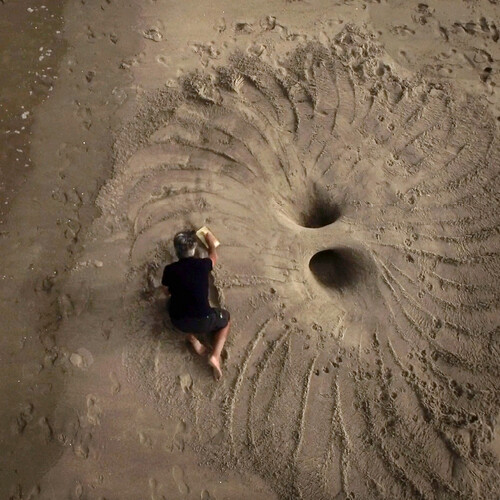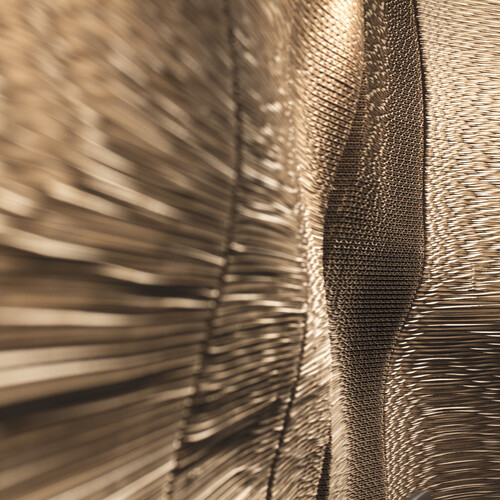Infrastructure projects have large ecological footprints with an environmental impact due to the extraction, processing and transport of resources and materials. However, large parts of the existing Dutch infrastructure are due to be replaced or renovated in the near future. The demand for innovative solutions is becoming increasingly urgent, especially with the national ambition from the Ministry of Infrastructure and Water Management to be energy neutral by 2030. Architectural studio ZJA, in collaboration with Iv-Infra, Dura Vermeer, Geotec Solutions, HUESKER Nederland and Ploegam BV have jointly developed a groundbreaking solution: the circular viaduct called GeoDuct.
Circular, Local and Self-supporting
The circular viaduct is constructed from local soil enclosed by recycled or biobased and reusable geotextiles. No pile foundation is required due to the natural arching effect combined with the reinforced earth abutments. Compared to traditional viaducts made of concrete and steel, the CO2 emissions of the GeoDuct's lifecycle are reduced by half. The construction design of the GeoDuct is entirely modular, so components and materials can be reused at high quality. Due to the nature of the construction - soil and sand - an ecological function can easily be added to its traffic function. Thus, the Geoduct is simultaneously an Ecoduct. From a spatial point of view, this offers opportunities for greening and landscaping the surrounding environment with nature-based design or water retention measures.
Rob Torsing, partner architect at ZJA remarked: “With local earth, you can create an overpass for traffic that becomes soil. Fertile earth for offspring, a place where all kinds of flora and fauna can live. A bridge that merges into the landscape at the end of its life, and slowly disappears as if it was never there. That is circularity at its best.”
New architectural idiom
In addition to exploring various aspects of geometry, technical details and additional opportunities or connection with other functions, ZJA is investigating what this new construction method means for the architectural idiom of public works and their spatial impact and meaning. Reinforced ground constructions entail a different aesthetic than those made of steel or concrete, for example. ZJA considers it a challenge to develop a new architectural idiom, appropriate to this new technology for creating spans that connect people and places.
Realization prototype
The constructive feasibility of the GeoDuct has already been demonstrated mathematically. We are currently further developing the design, in order to build a prototype. If these test findings are good, the concept should be sufficiently proven to be included in innovative procurement projects. The team can then complete the remaining detailed engineering within the first commercial project.
Team Geoduct: ZJA, Iv-Infra, Dura Vermeer, Geotec Solutions, HUESKER Netherlands, Ploegam BV. The development of the GeoDuct was made possible in part by a grant ‘Cirulaire ketenprojecten’/ Circular Chain Projects of the ‘Rijksdienst voor Ondernemend Nederland (RVO)’ /the Netherlands Enterprise Agency

